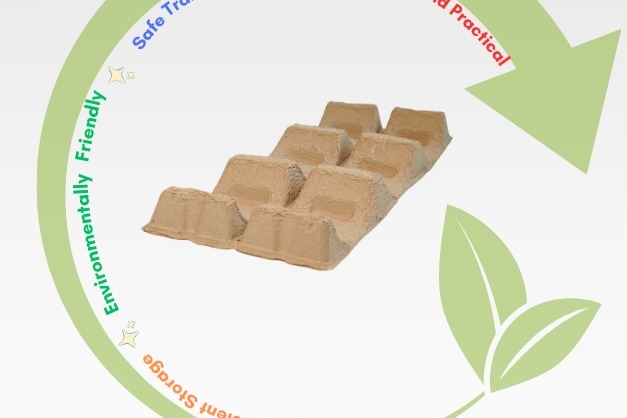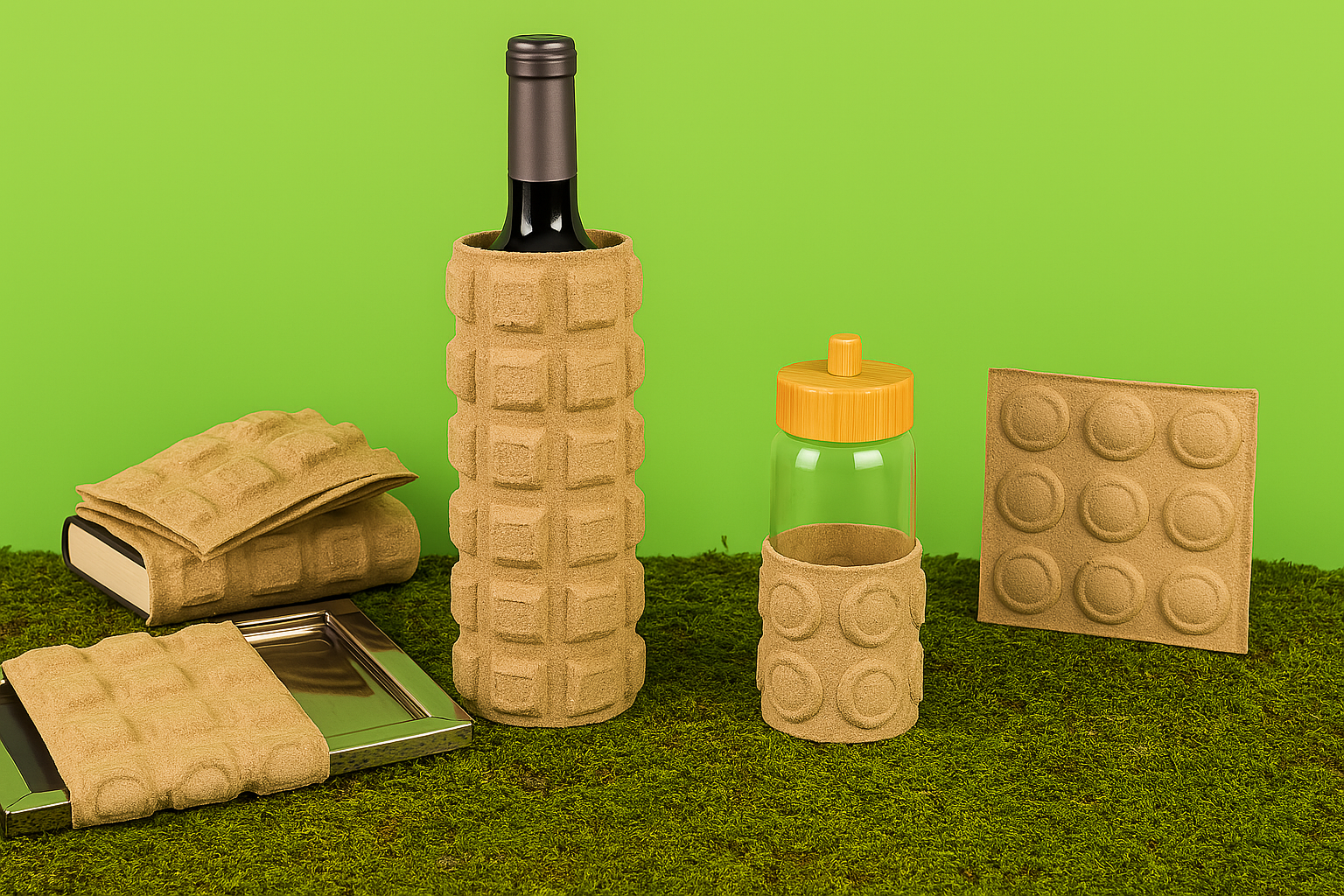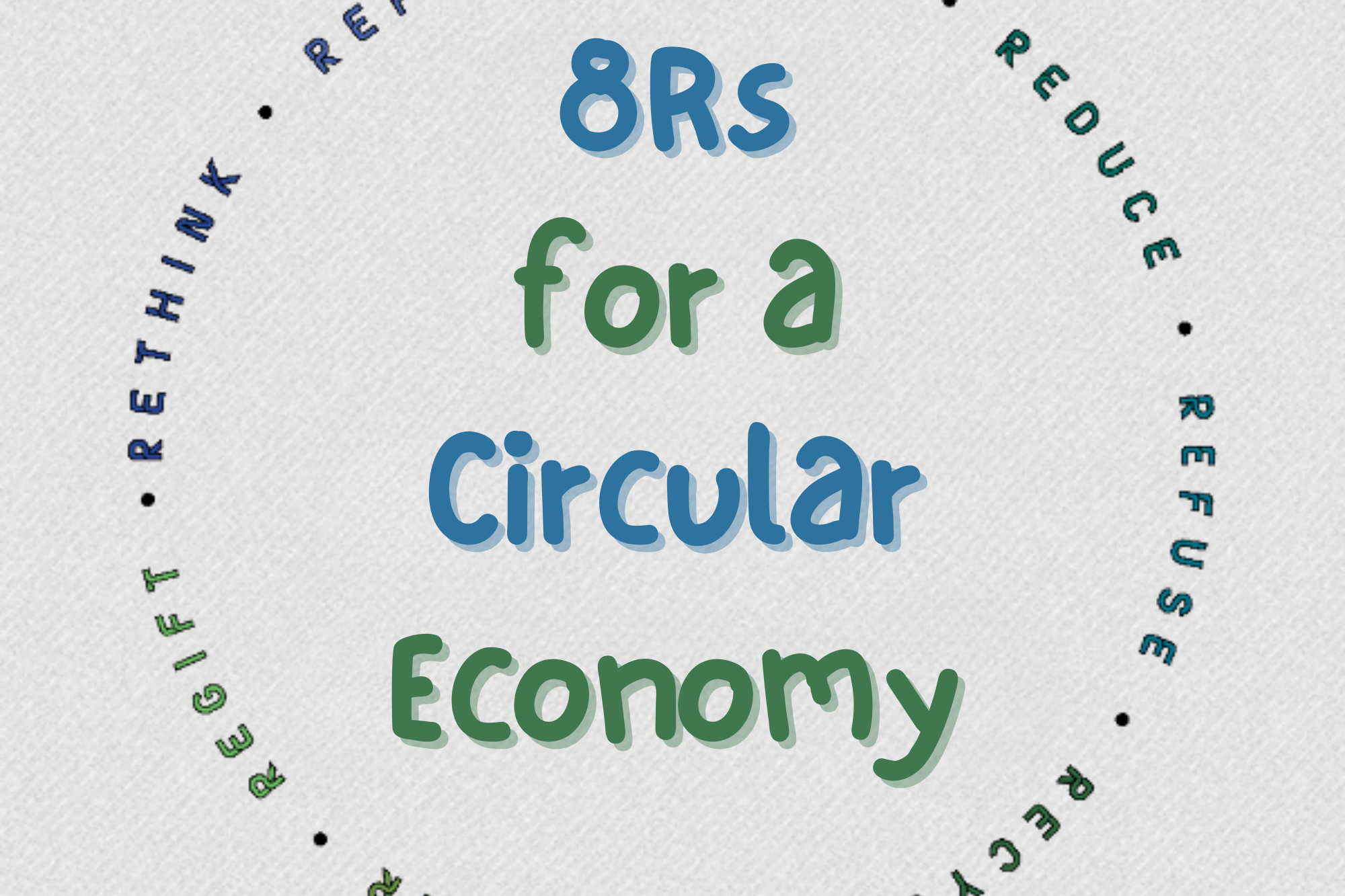In the dynamic landscape of packaging materials, molded pulp has emerged as a sustainable alternative, and its evolution is set to continue. Let’s explore the anticipated trends and challenges that will shape the 2024 evolution of molded pulp.
1. EPS to Molded Pulp Shift: A Sustainable Packaging
The ongoing commitment to environmental sustainability will drive the conversion from EPS (Expanded Polystyrene) to molded pulp. As companies prioritize eco-friendly alternatives, molded pulp’s biodegradable nature positions it as a frontrunner in sustainable packaging solutions.
2. Limited Awareness Against Sustainable Packaging Among Purchasing Professionals
While awareness of sustainable packaging is expected to rise, many purchasing professionals may still lack comprehensive knowledge about what molded pulp is. Bridging this knowledge gap will be crucial for the widespread adoption of molded pulp, emphasizing its eco-friendly attributes and cost-effectiveness.
3. Boom in Demand for Virgin Cellulose-Made Pulp Trays
The demand for molded pulp trays made from virgin cellulose, enabling direct food contact, is poised to skyrocket. Consumers’ increasing focus on food safety and hygiene will drive this surge, positioning molded pulp as a preferred choice for packaging in the food industry.
4. Friendship Between Sustainable Packaging and New Industries
Industries such as glass, cosmetics, and textile will explore the potential of molded pulp, forming a delicate friendship that may face initial challenges. As these industries adapt to the unique properties of molded pulp, collaborative innovations will pave the way for sustainable packaging solutions.
5. Perceived Slowness and Arrogance of Molded Pulp Manufacturers
Despite its advantages, some industries may find molded pulp manufacturers slow and arrogant. Overcoming this perception will be crucial for fostering positive collaborations. Molded pulp manufacturers need to prioritize effective communication and agility to address the dynamic needs of different industries.
6. Barrier of Mold Costs and the Rise of 3D Printing Technology
The high mold costs associated with molded pulp projects will pose a barrier for many enterprises. However, the advent of 3D printing technology is expected to disrupt this barrier, making molds more accessible and cost-effective. As 3D printing becomes widespread, it will contribute to the scalability of molded pulp production.
Conclusion
The future of molded pulp holds promise as industries increasingly prioritize sustainability. Overcoming challenges such as awareness gaps and perceived barriers will require collaboration, innovation, and a shared commitment to creating a more sustainable and environmentally friendly packaging landscape.



